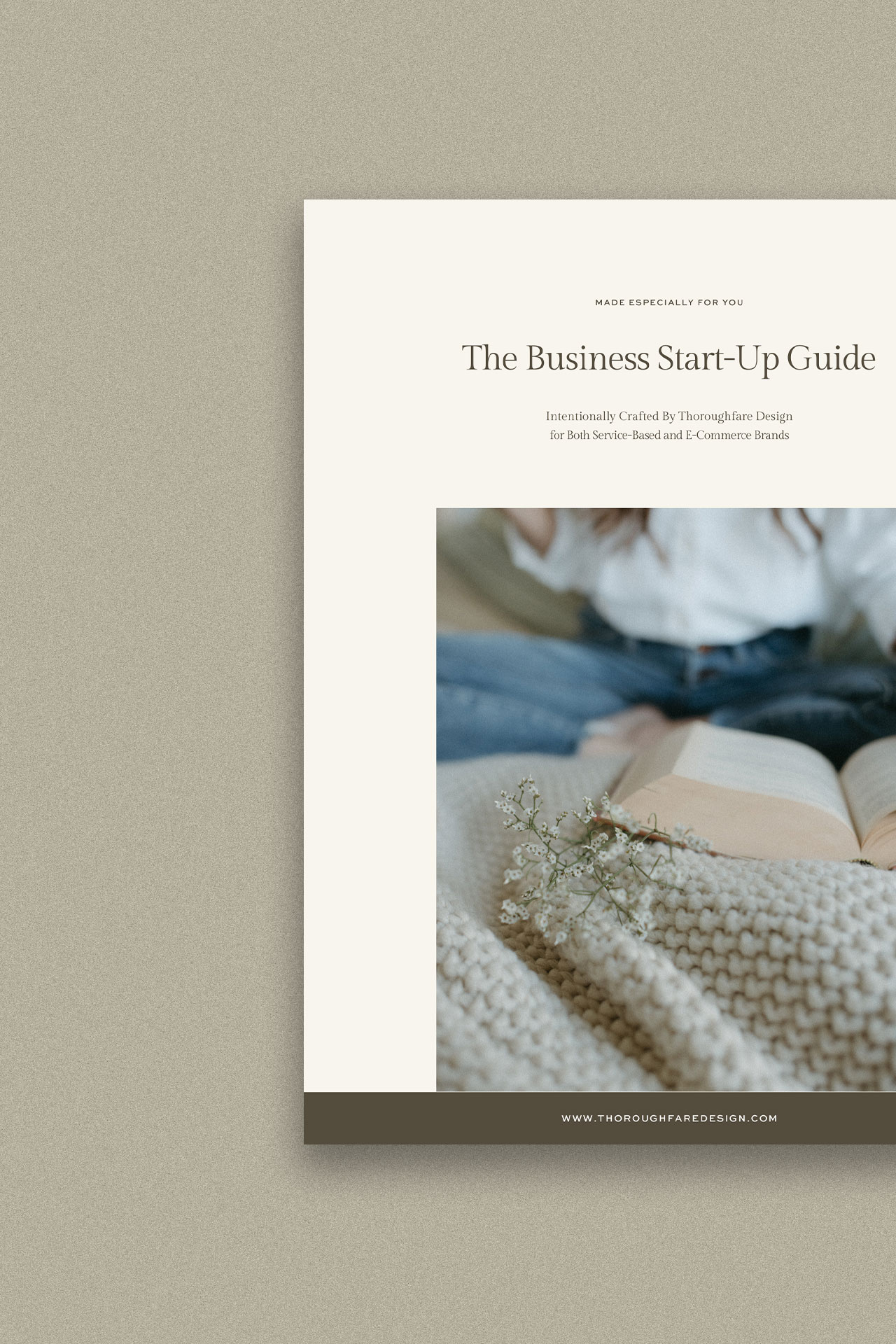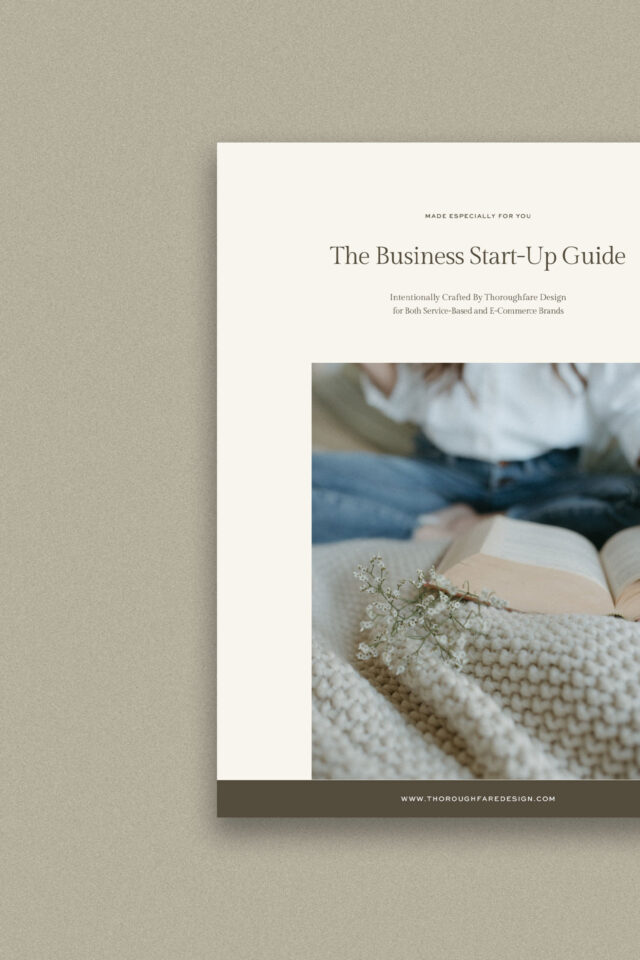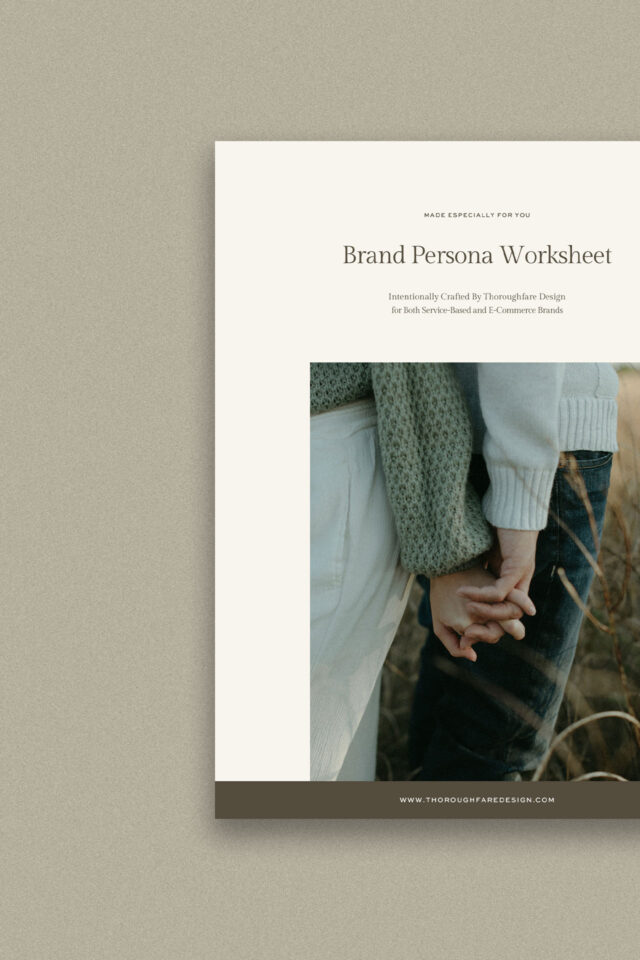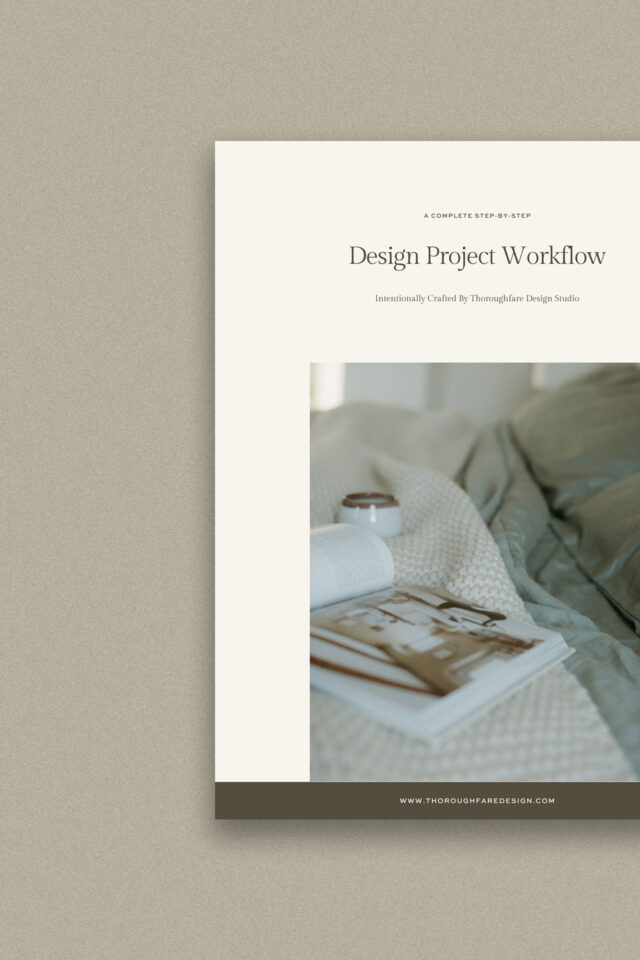
Booking a new client project is an exciting journey filled with potential, but starting on the right foot is crucial. The initial stages of onboarding set the stage for the entire client experience. If handled smoothly, they can instill confidence in your professionalism and expertise. However, if things feel disorganized or chaotic, it can leave clients questioning their decision. To help you navigate this pivotal phase easily, we’ve curated a comprehensive guide outlining the essential steps we take to onboard new clients seamlessly. From the initial inquiry to project kickoff, we’ll walk you through each stage to ensure you’re well-equipped to establish trust, set expectations, and lay the groundwork for a successful collaboration. Let’s dive in!
Client Intake Form
The client intake form is the first step in the onboarding process. Here, you need to know more about the client, their project, their business, and what they think you can help with.
That’s why even when a client directly reaches out via email (bypassing the intake form), we like to send the intake form for them to complete to gather additional information. Trust us, that information will help you prepare for the initial consultation and show how well-prepared you are for the project.
For our business, we have created our client intake forms in Dubsado. So when clients fill out the intake form, they are automatically added as a project in the dashboard. It has simplified our process for managing clients. We used to have to respond to each inquiry manually. Now, everything is automated, so we can focus on what we love to do.
You can view more about Dubsado here.
Initial Consultation
The initial consultation is the second step in the onboarding process. It is a meeting or opportunity to learn more about the client, their specific project goals, their needs and requirements for the project, their ideal timeline, their struggles, and so much more. Think of this almost like an interview. For some service-based businesses, you can be working with the client for months, so it’s important to make sure you both are a great fit to work together. Trust us when we say if you aren’t a great fit with a client, it’s okay. Don’t feel obligated to book the project because of the money.
If you are struggling with where to begin with your initial consultation, use this list below as a starting point to make a consultation script:
- Current Client Struggles
- Project Goals
- Project Scope
- Design Preferences
- Technical or Functionality Requirements
- Your Process
- Ideal Timeline
- Budget
The initial consultation is an essential step that helps to build trust with the client. You want the client to feel understood and supported, which will set the foundation for a successful project.
Project Proposal
After the initial consultation, a project proposal will be created based on the discussion in the initial consultation. The proposal should outline the project’s details, including the client’s goals, a breakdown of package options, payment plans, timeline options, frequently asked questions, etc. You’ll also want to make sure any boundaries are set within this proposal to set the tone of the project.
For example, at the beginning of our business, we had zero knowledge of setting expectations for communication and project delays. As a result, we experienced delayed feedback on design items, canceled or delayed meetings, and clients who pushed back their timelines for convenience. This created havoc on our project schedule, so we learned from our mistakes and set expectations early on in the project. You will thank yourself!
Contract and Invoice
Once the project proposal is accepted, you will create a contract and invoice. The contract should outline the scope of work and the terms and conditions of the project, including payment schedules, deadlines, copyright details, project delays, project cancellation, etc.
We have had an array of difficult client scenarios arise over the years, and it usually boils down to having a solid contract in place to fall back on. We try not to use the contract, but it is necessary to have it for unpredictable situations. The goal is to balance being understanding and trying to run a business. It’s often easier said than done =).
Next, the invoice should include all the costs associated with the project: the fee listed in the agreement and any taxes or fees that need to be added due to state/country regulations.
Welcome Email
Once the client has paid the invoice and signed the contract, we send out an automatic welcome, which can also be managed through Dubsado or your customer relationship management (CRM) of choice. The welcome email should include a warm welcome with details so the client can go ahead and schedule their first project meeting or take the first steps in your process. Initially, we like to go ahead and schedule the first meeting the following week after they’ve signed their agreement so that we can fully onboard them into our business.
Project Setup
On the back end, while the client is scheduling their initial meeting, we get everything prepped and ready for them. As we try to guide them through each phase of the process as much as possible, part of that is ensuring they have a complete step-by-step to-do list of the items we need them to complete before their start date. We like to be as organized as possible so we can make sure we cover everything needed for our projects.
For example, with a branding and website project, you most likely need an array of items from your client. Instead of just saying hey, send your content over, we organize task items in an ordered list, almost like client homework. Typically, this will include our brand development questionnaire, a Pinterest activity, a layout of content and pages, login information, email settings, and more. To stay organized with all this information we needed, we leaned on Asana. We found it to be much easier to use Asana to create tasks, assign due dates, and communicate easily when working virtually through projects.
Feel free to organize your project setup however you feel will best maximize your time and effort when working on projects. Something we wished we learned earlier on in our business journey is to just invest in software that will improve your efforts. Once we started implementing better organization practices, we instantly became more efficient. To summarize, we use a combination of Dubsado (Invoices, Contracts, Forms) and Asana (Client Tasks, Showcasing Designs, Communication) for our business.
Let’s Recap
To recap, when you book a new client project, it marks the beginning of an exciting journey filled with so much potential. However, the initial stages of onboarding are critical, as they set the tone for the entire client experience. A seamless onboarding process can inspire confidence in your professionalism and expertise, while a disorganized approach may leave clients uncertain. By following the essential steps outlined in this guide, from the client intake form to project setup, you’ll be well-equipped to establish trust, set expectations, and pave the way for a successful collaboration. Remember, clear communication and careful planning are the keys to a smooth process that sets the stage for great partnerships. Here’s to crafting memorable client experiences and unlocking new heights of success!










